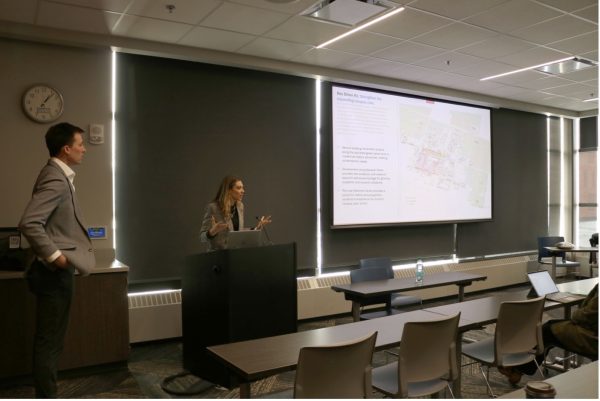Why college students still struggle with social distancing
April 20, 2020
The new social distancing guidelines established within the last month have brought with them a new set of struggles for those affected. These expectations have been especially challenging for young people such as college students.
While these new guidelines are meant to limit the spread of COVID-19, many college students have chosen to ignore these guidelines, and in the weeks following spring break some even took advantage of the cheap flights to travel.
During the early outbreak of COVID-19, experts first asserted that those most at risk of dying from the virus were the elderly and those with underlying health issues. According to information provided by the World Health Organization from April 3, however, an increasing number of younger people are becoming critically ill and dying after contracting the virus.
In South Dakota alone (as of April 20), there have been 317 reported cases of COVID-19 in patients ages 20-29, according to the state’s Department of Health. While the state’s seven deaths have all been from individuals over 50, the 20-29 age range now has the third-highest number of cases in the state.
So why are young adults still ignoring social distancing?
According to an article from Purdue University on April 8, some experts, like Torsten Reimer, a professor at the Brian Lamb School of Communication at Purdue University, believe that the need for normalcy drives many to go against what they are told.
“If uncertainty is high, we try to find out what similar people are doing in the same situation,” Reimer said. “If I see that many young people are hanging out together, that influences me to imitate them and infer that it would be an overreaction not to join them.”
Reimer also stated that this behavior can stem from how likely an individual is to suffer consequences for their actions. Because the elderly or immunocompromised are still most likely to have serious complications from COVID-19, younger people feel that their actions outweigh the risk.
Ben Leek, a South Dakota State University student, agrees that many college students may be underplaying the severity of the situation and overplaying their own perceived immunity.
“Younger people tend to think that they can withstand anything, so we aren’t as concerned about getting sick,” Leek said.
Another SDSU student, Matthew Dulas, feels this ignorance comes from a desire to rebel.
“Perhaps it’s a rebellious feeling, going against what we’re advised to do, especially because there is no immediate consequence,” Dulas said. “I think our desire to socialize with friends outweighs our perception of the risk.”
These explanations for the lack of social distancing may paint a picture of irresponsible, overly confident college students, but for many, the uncertainty of their situation creates feelings of entrapment and hopelessness.
“It’s tough not being able to have the usual hangouts with the boys… It just feels restricting at times,” Dulas said.
Many resources are available for college students, or anyone, who may be struggling with isolation and lack of contact throughout the outbreak, however.
The United States Substance Abuse and Mental Health Services Administration advises understanding the risks of ignoring social distancing while educating oneself on how to effectively self-isolate.
The American Psychological Association also recommends limiting consumption of news media, creating a daily routine, staying virtually connected to others, getting regular amounts of sleep, eating well and managing stress in healthy ways to combat feelings of boredom, depression or anxiety.
“Focusing on the altruistic reasons for social distancing, quarantine or isolation can also help mitigate psychological distress,” the APA said in a publication of tips for social distancing. “Remember that by taking such measures, you are reducing the possibility of transmitting COVID-19 and protecting those who are most vulnerable.”























